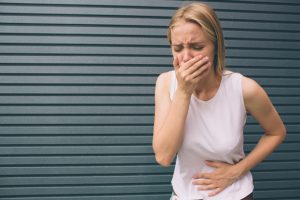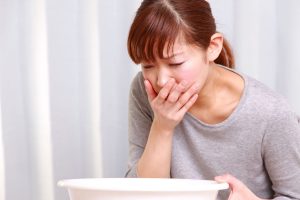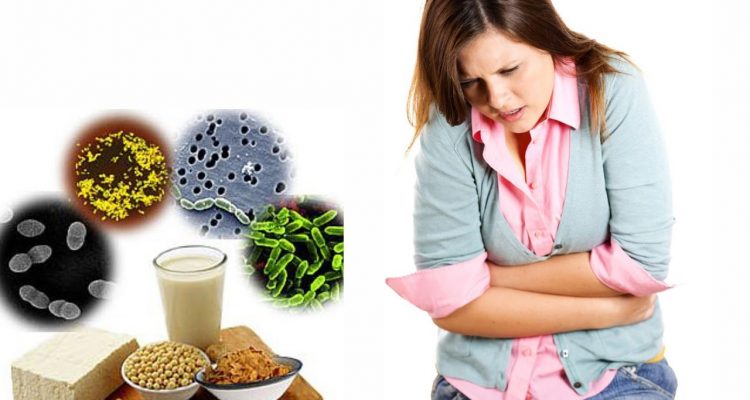Food poisoning is a non-communicable disease resulting from the ingestion of opportunistic microorganisms and toxic products of their vital activity together with food. Non-microbial toxins that enter the body through food can also be troublesome. What to do in case of food poisoning, how to recover from severe vomiting, what diet to follow – we will tell you in this article.
Causes
Important!
With food poisoning, a person is not contagious and does not pose a danger to others.
The most common causes of food poisoning are bacteria of the genus Salmonella, Escherihia coli, Streptococcus and Proteus. The main reason for the active multiplication of dangerous microorganisms in food is an expired shelf life or improper preparation. The greatest risks in this regard are eggs, fish and meat dishes, home preservation and confectionery with protein cream.
Toxic substances of both microbial and chemical origin (contaminants) can enter the body through the consumption of inedible plants and mushrooms. Edible mushroom species collected near large industrial enterprises or busy highways are also of great danger.
What to do first
“At the first sign of poisoning, you should take activated charcoal, one tablet per 10 kg of body weight. It is advisable to crush it and mix with petroleum jelly. Petroleum jelly is not absorbed into the gastrointestinal tract, and thus coal absorbs everything well. Then you need to take smectite. It contains clay, which envelops the intestines well. When self-medicating, it is good to take a glucose-electrolyte mixture to restore salt balance. A couple of days should adhere to a diet. On the first day, sit on water and breadcrumbs, on the next day – exclude any milk, eggs and meat. ”
Symptoms
The clinical manifestations of food poisoning begin after 1-3 hours (sometimes already after 30-40 minutes) from the moment of eating food containing toxins or an excessive amount of opportunistic microorganisms. This time is called the incubation period. In rare cases, it can take up to a day.
Typical symptoms:
nausea, vomiting;
pain and cramps in the abdomen;
diarrhea;
temperature rise (from 37 to 40 ° C);
feeling chills;
painful sensations in muscles and joints;
lowering blood pressure;
weakness;
pallor and cyanosis of the skin;
dizziness;
fainting.
The frequency of episodes of vomiting and diarrhea depends on the severity of the poisoning. Accordingly, the degree of dehydration and hypokalemia will differ depending on the intensity of these clinical manifestations. Within 24-48 hours, the

symptoms of intoxication weaken, as a result of which the general condition of the patient stabilizes. The total duration of the disease varies from 2 to 6 days.
If you suspect mushroom poisoning, you should not wait for the worsening of symptoms or try to solve the problem by taking sorbents. Mushroom poisoning can pose a threat to health and life, therefore, in this situation, you should not hesitate to call an ambulance.
Treating food poisoning
With food toxicoinfections, the stomach is washed, siphon enemas are used, enterosorbents are prescribed and the consequences of dehydration are eliminated. In the case of an uncomplicated course of food poisoning, etiotropic treatment (use of antibacterial drugs) is not prescribed.
First of all, gastric lavage is performed. In addition to activated carbon, polyphepan and calcium carbonate are used as sorbents. For difficult stools, the use of a siphon enema is indicated.
Fluid loss in the absence of indomitable vomiting is replenished with oral rehydration salt solutions. In severe cases of dehydration, when body weight loss exceeds 6%, intravenous drip injections of polyionic solutions are advisable. Additionally, funds are prescribed to restore the balance of the intestinal microflora, vitamin complexes and potassium preparations.
With indomitable vomiting https://en.wikipedia.org/wiki/Vomiting, the patient is shown intramuscular administration of chlorpromazine, which reduces the excitability of the vomiting center. Because this condition causes severe dehydration, intravenous drip of saline sodium chloride solution is necessary.
